
Institut of Physics IGAM University of Graz
The European Solar Telescope, EST, is in a preparatory phase. The workshop is dedicated to discuss public outreach, contacts with potential stakeholders and financing organizations in the region of central Europe and also discuss possible collaboration and science cases. Synergy effects will a addressed.
IMPORTANT: The organizer has reserved a contingent of 20 rooms and we aim to pay the stay of all participants up to that number on a first come first saved basis!!!
Arnold Hanslmeier (Chair)
Isabell Piantschitsch, Peter Leitner, Temuraz Zaqarashvili
A. Hanslmeier, M. Collados, H.O. Rucker, M. Sobotka, A. Kucera, R. Brajsa, M. Roth
Registration deadline: September 30 2017
Please send an abstract of your contribution and name also the session. According to the number of contributions you will have up to 20 min for presentation.
You can also submit a poster.
Bairisch Kölldorf, Hotel Legenstein, if you are registered a room will be booked for you by the organizers!!
Hotel Legenstein, Bairisch Kölldorf.
A contingent of 20 rooms is reserved for the conference. The organizers will try to pay the accomodation for all participants. It is not neceassary to make your own reservation!
You should reach Graz by train or plane. The airport of Graz is served by regular flight from Munich, Frankfurt, Zürich and Vienna. Please give us details of your arrival time and place (airprot or railway station) and we will organize transport. This information should be sent to isabell.piantschitsch@uni-graz.at
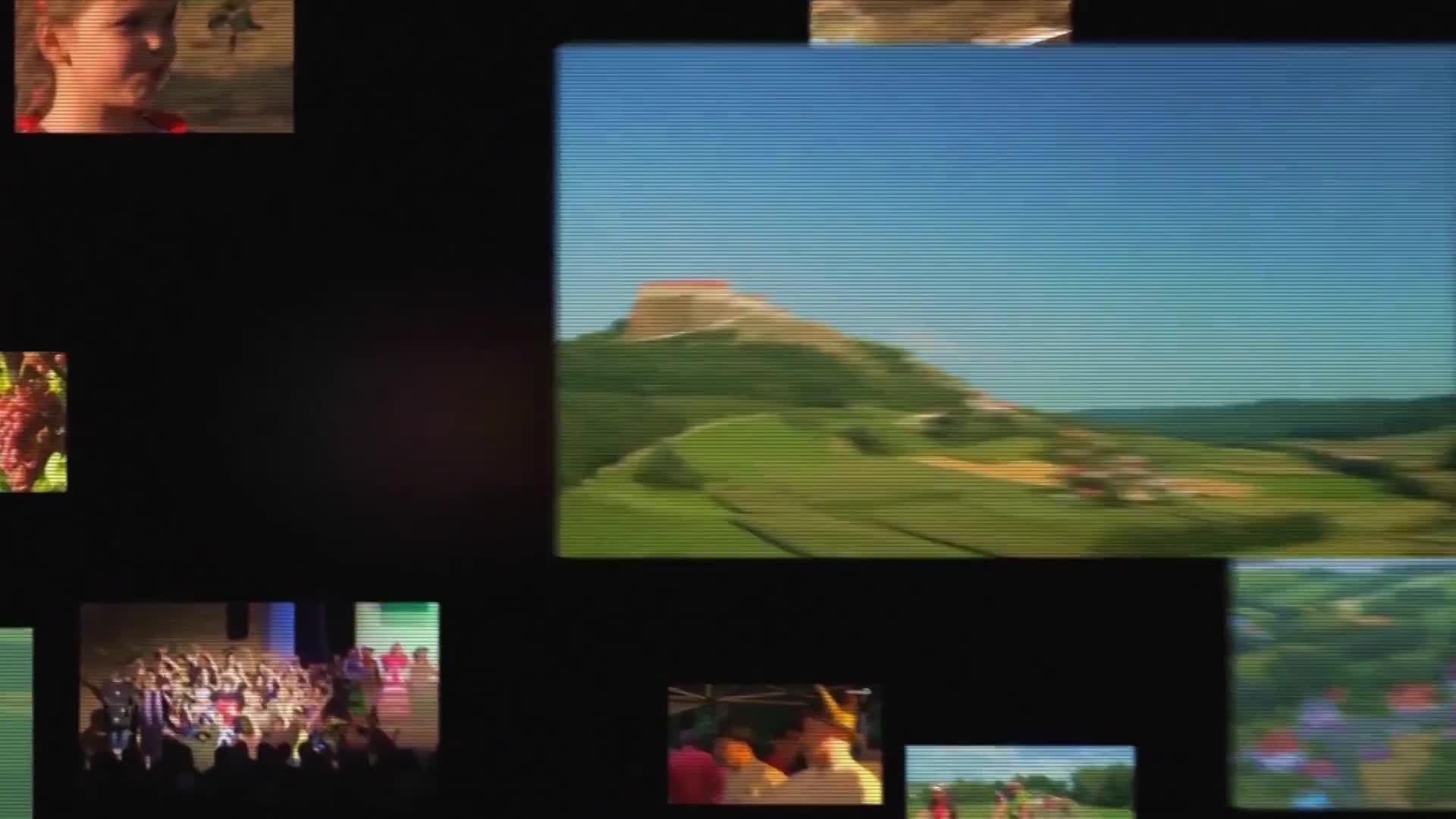

Session: Public outreach
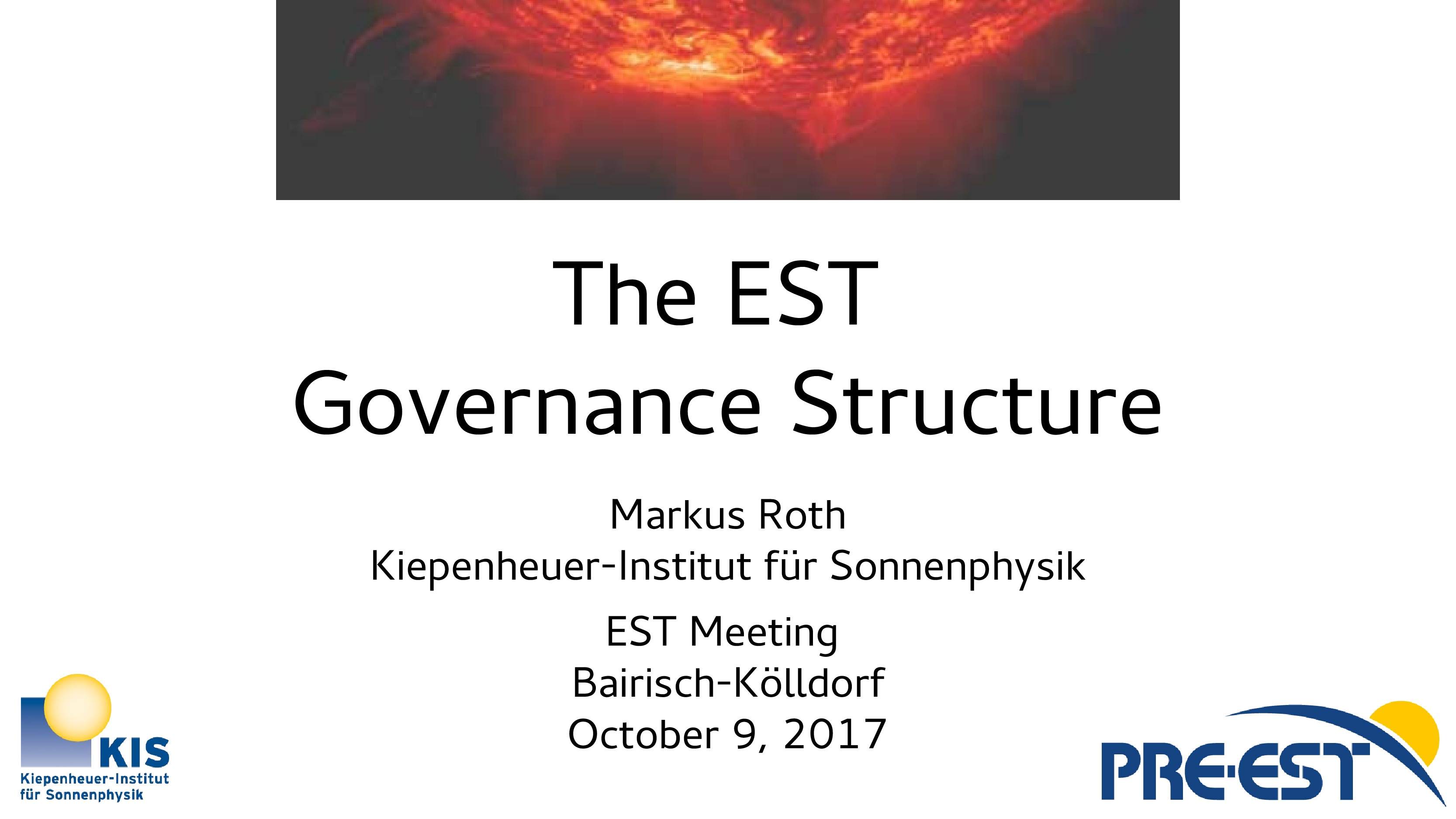
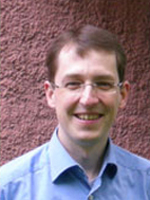
Session: Current status of EST and financial issues
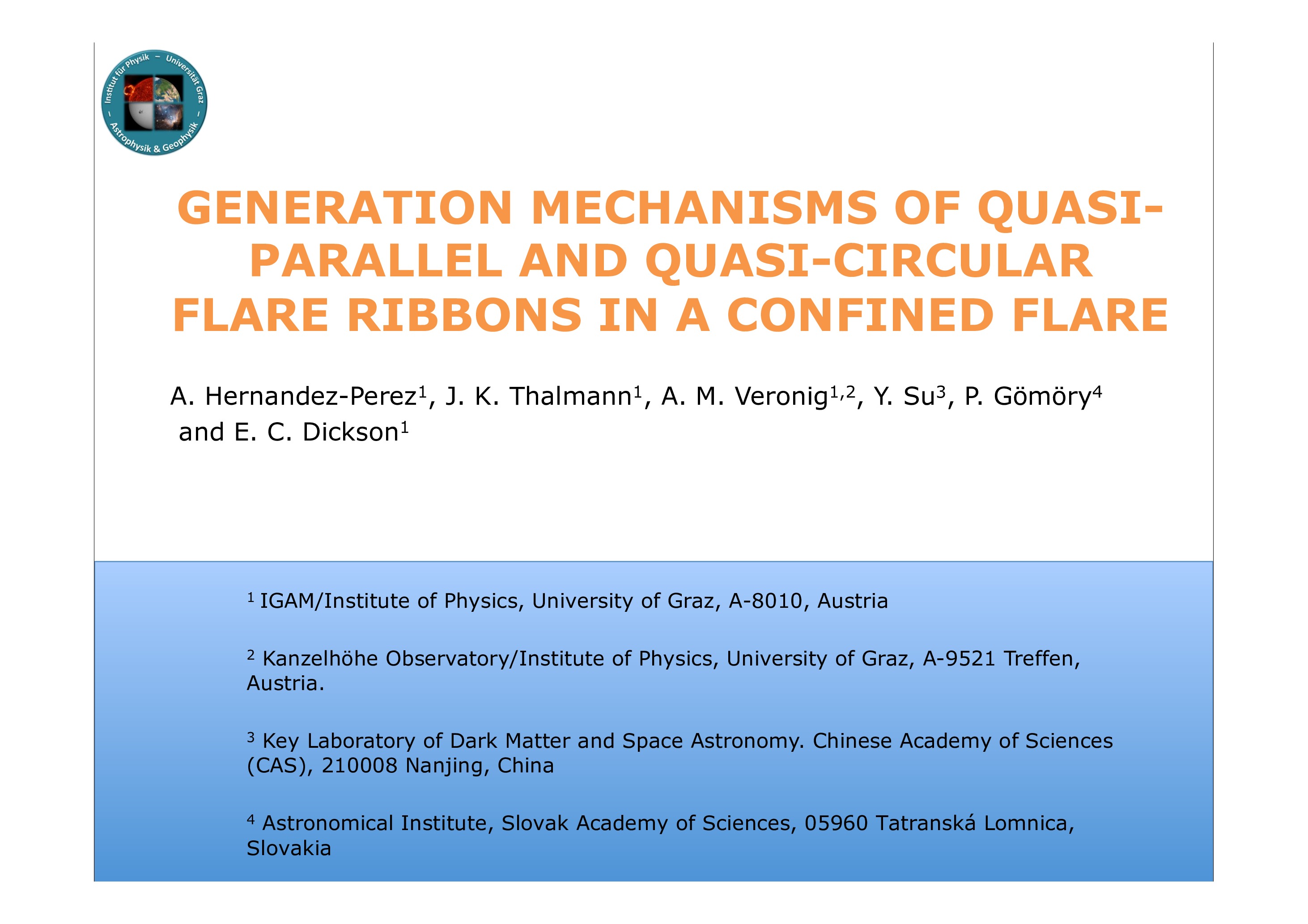
Session: Solar activity and solar cycle
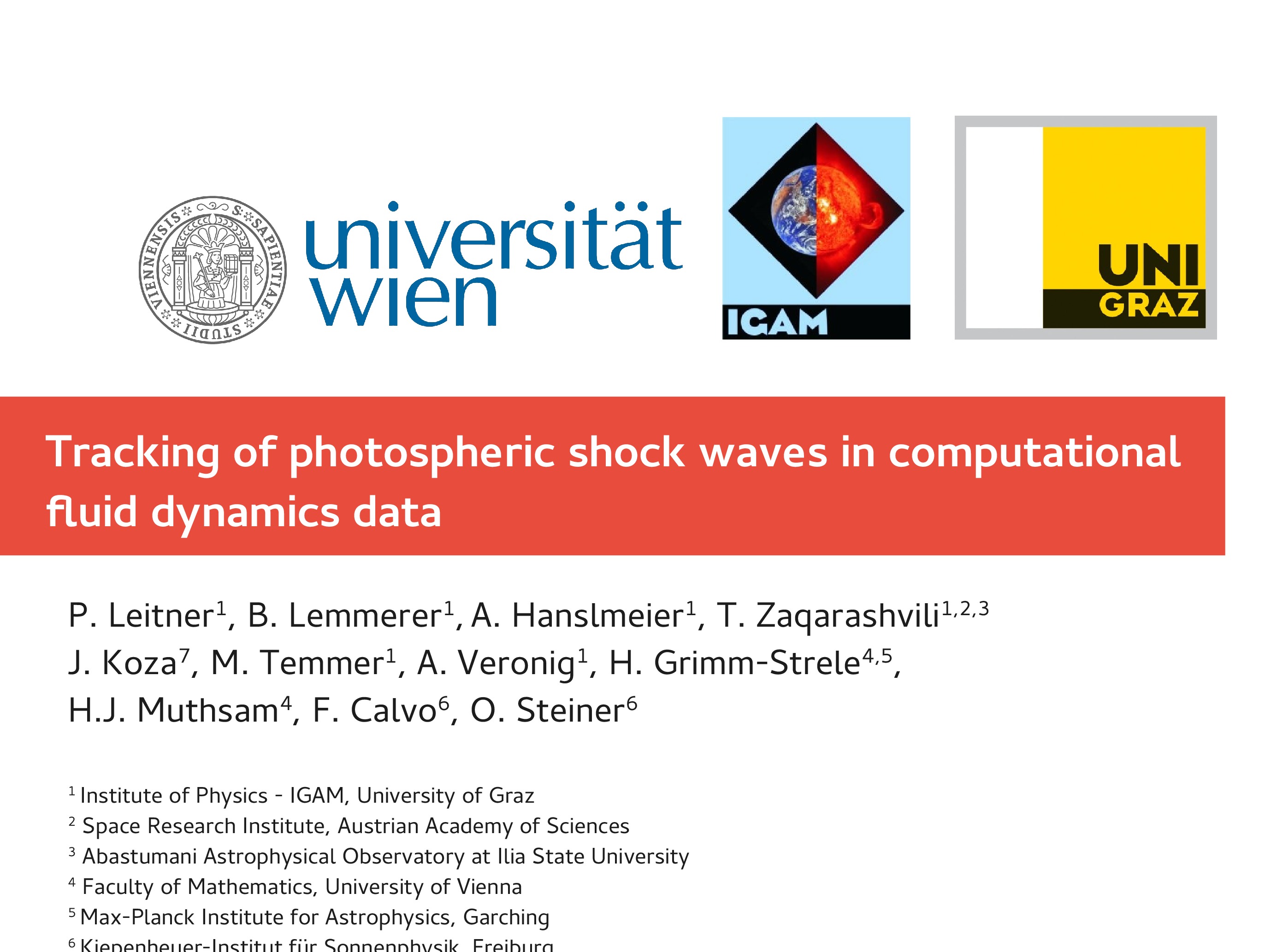
Session: Numerical simulation and modelling
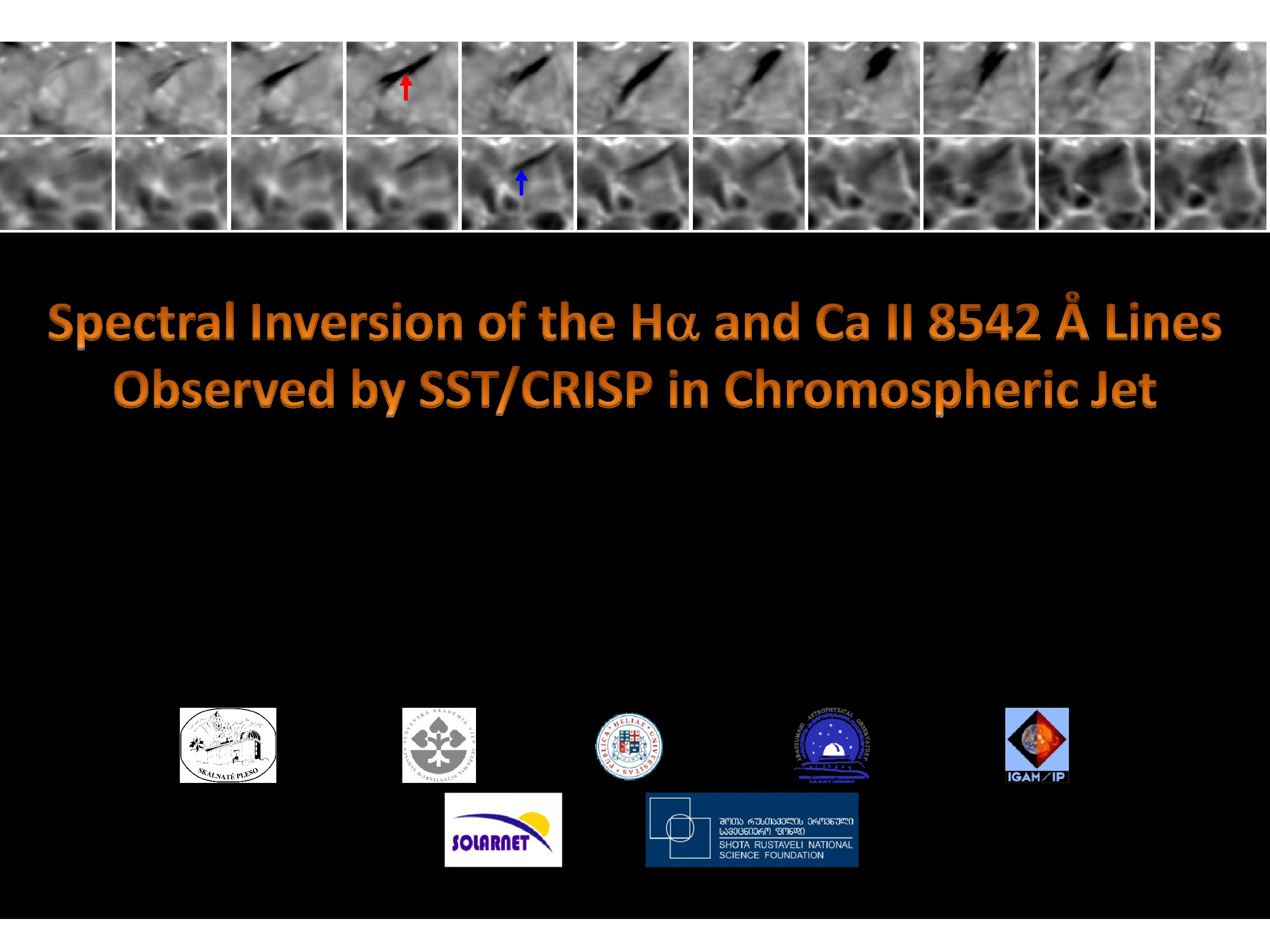
Session: Current status of EST and financial issues
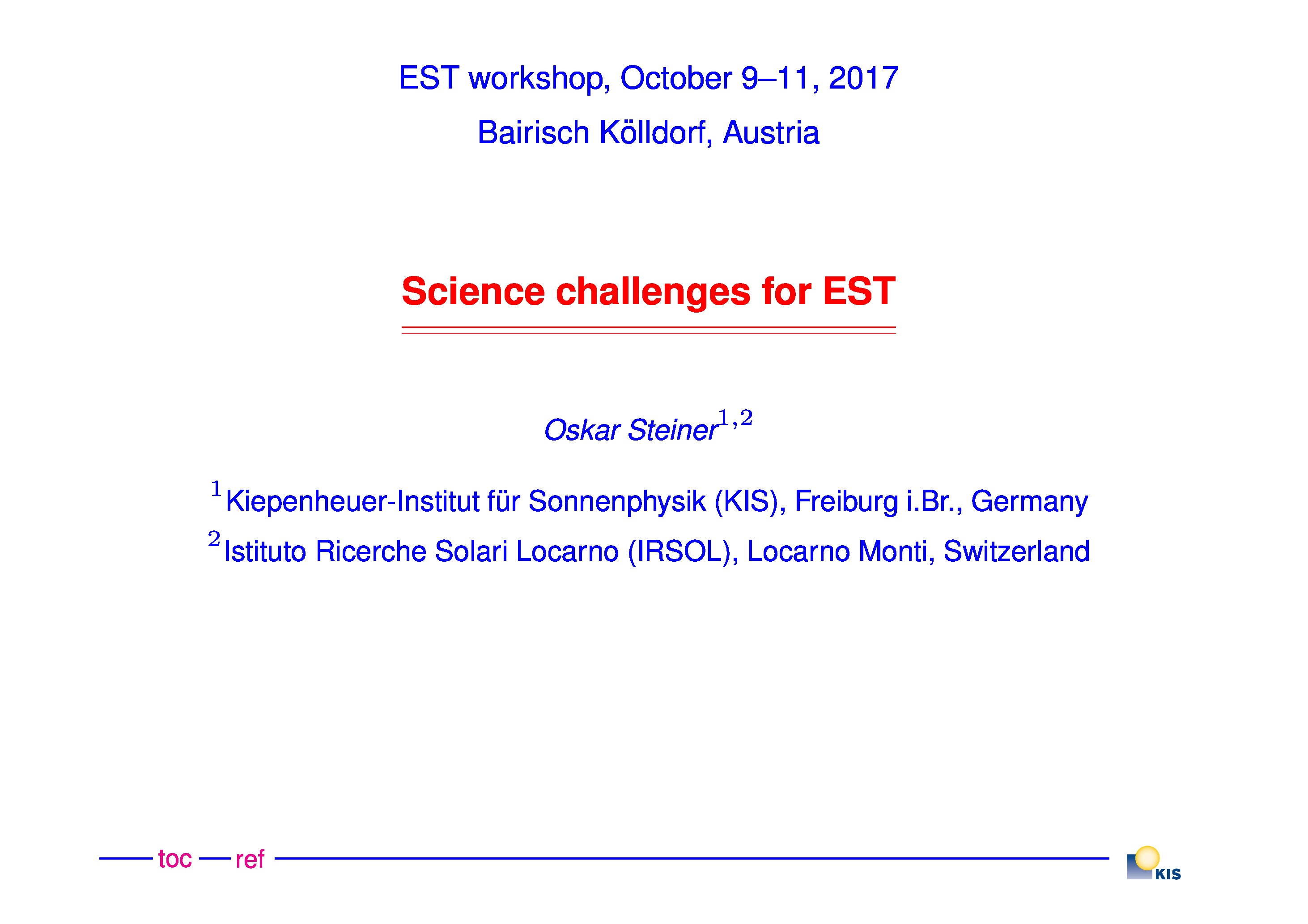
Session: High resolution solar observation
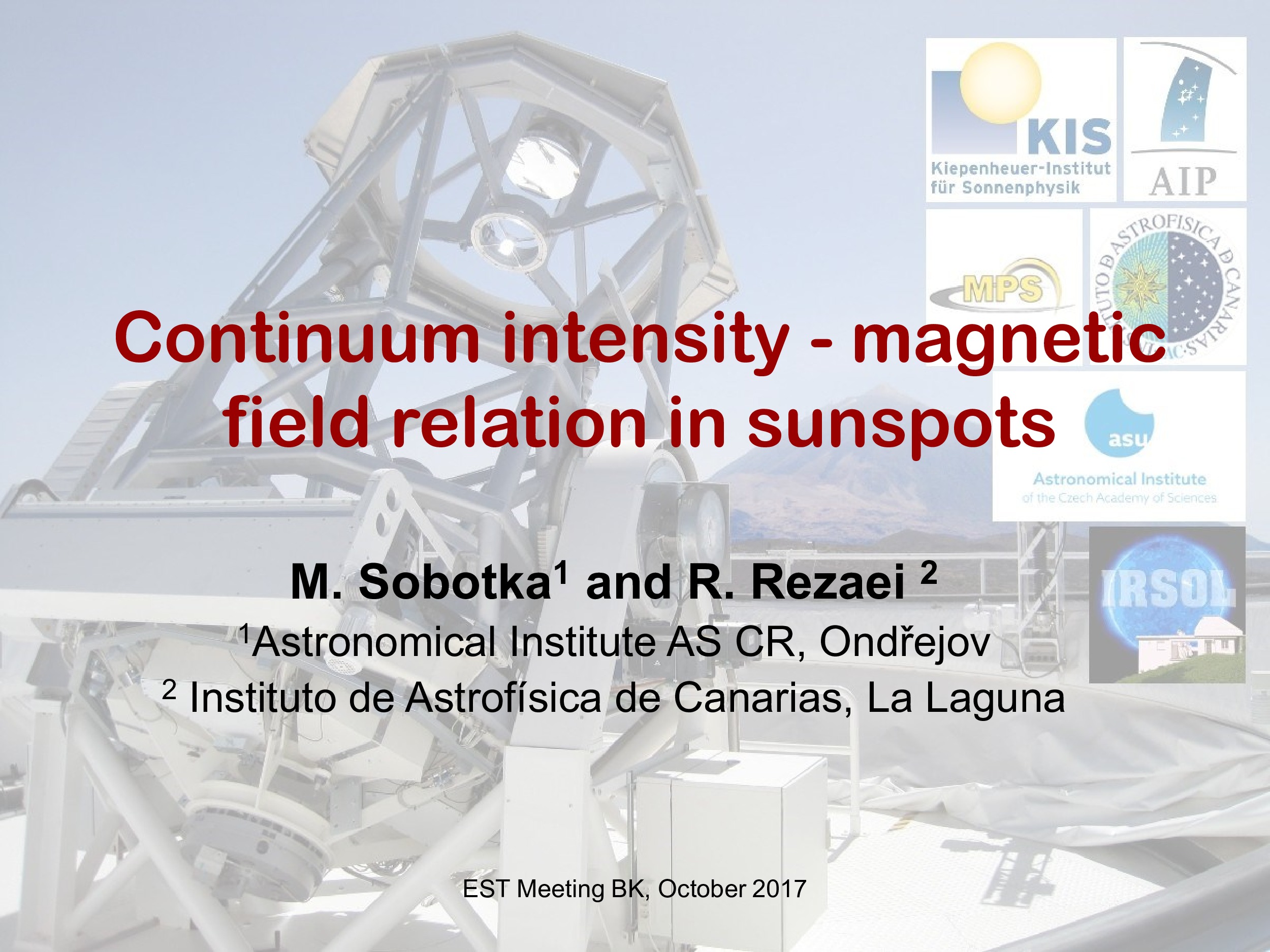
Session: High resolution solar observation
| First Name | Last Name | Affiliation |
|---|---|---|
| Arnold | Hanslmeier | Institute of Physics Univ. Graz |
| Manuel | Collados | Instituto de Astrofisica de Canarias |
| Markus | Roth | Thüringer Landessternwarte Tautenburg |
| Michal | Sobotka | Astronomical Institute of the Czech Academy of Sciences |
| Helmut O. | Rucker | Commission for Astronomy of the Austrian Academy of Sciences |
| Peter | Leitner | University of Graz |
| Bojan | Vrsnak | Faculty of Geodesy |
| Oskar | Steiner | Kiepenheuer-Institut für Sonnenphysik |
| Carsten Denker | Denker | Leibniz-Institut für Astrophysik |
| Roman | Brajsa | Hvar Observatory, Faculty of Geodesy, University o |
| Davor | Sudar | Hvar Observatory |
| Julius | Koza | Astronomical Institute, Slovak Academy of Sciences |
| Jan | Jurcak | Astronomical Institute of the Czech Academy of Sciences |
| Teimuraz | Zaqarashvili | University of Graz |
| Ales | Kucera | Astronomical Institute of SAS |
| Peter | Gomory | Astronomical Institute, Slovak Academy of Sciences |
| Isabell | Piantschitsch | University of Graz, IGAM |
| Zoltan | Voros | Space Research Institute |
| ALEJANDRA | MARTIN | INSTITUTO DE ASTROFISICA DE CANARIAS |
| Aaron | Hernandez-Perez | IGAM/Institute of Physics, University of Graz |
| Luis | Bellot Rubio | Instituto de Astrofísica de Andalucía-CSIC |
| robertus | erdelyi | univ of sheffield |

